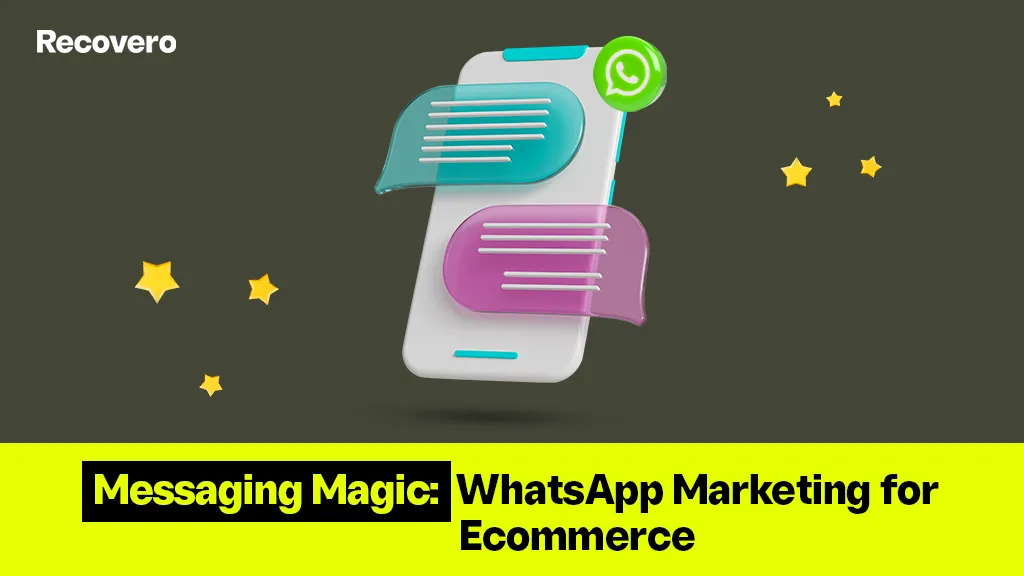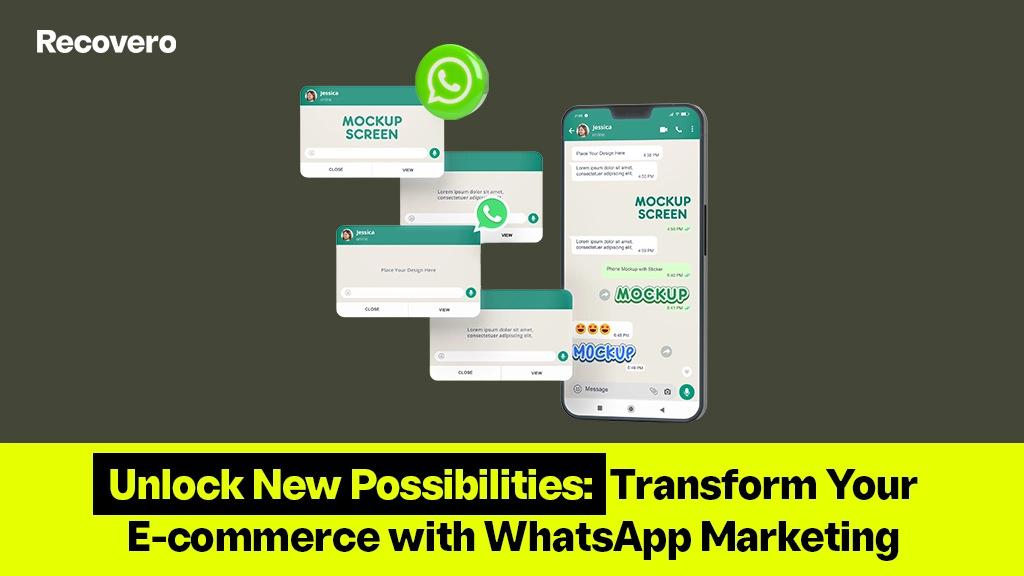WhatsApp Broadcasting with Interaction-Based Cohorts – Do you know everything about it? WhatsApp is the leading messaging application, with over 2 billion users worldwide. As a result, the platform has become an essential tool for businesses. It helps to reach and engage their target audience. With WhatsApp, companies can send messages in bulk to their contacts. This enables businesses to send promotional or informational messages at once. That makes it an effective way to connect with customers. But with WhatsApp’s increasing popularity, it has become difficult for businesses to stand out. And engage their customers with effective messaging.
This is why businesses must leverage the power of interaction-based cohorts. That helps to maximise the effectiveness of their WhatsApp broadcasting.
Understanding WhatsApp Broadcasting
It is the process of sending messages in bulk to a large number of contacts. This is an essential tool for businesses to reach and engage their target audience.
With WhatsApp broadcasting, businesses can send promotional messages and informational messages. And also can send updates or any other type of communication to many contacts in one go. This makes it an effective way to reach many contacts. And ensure that as many people see the message as possible.
Introduction to Interaction-Based Cohorts
Interaction-based cohorts are a powerful tool for businesses. It helps to maximize the effectiveness of WhatsApp broadcasting. Interaction-based cohorts are groups of contacts who have interacted with the company somehow. This could be through
- clicking a link,
- opening a message, or
- responding to a message.
By creating interaction-based cohorts, businesses can target their messages. And also ensure they reach the right people.
To start, businesses need to identify which contacts have interacted with them. Once these contacts are identified, businesses can create interaction-based cohorts. That one can do by dividing them into groups based on their interactions.
For example,
Contacts who have opened the message can be placed in one group. While contacts who have clicked the link can be placed in another group. This allows businesses to create custom-segmented groups. The groups will develop contacts more likely to engage with the message.
Leveraging User Interactions for Improved Broadcasting
Once the interaction-based cohorts have been created, businesses can leverage user interactions. It helps to create more effective WhatsApp broadcasting campaigns. This could involve sending targeted messages to each group based on their interactions.
For example, contacts who have opened the message can be sent a follow-up message with more information. While contacts who have clicked the link can be sent a promotional message.
By leveraging user interactions, one can ensure that messages are more relevant to the target audience. And it helps to be more likely to succeed.
Implementing Interaction-Based Cohorts in WhatsApp Broadcasting
Businesses can use the interaction-based cohorts in their WhatsApp broadcasting campaigns once the interaction-based cohorts have been created.
- This involves creating messages tailored to each group.
- And sending them to the relevant cohort.
- This ensures that the messages are more relevant. And it helps engage the target audience, resulting in higher engagement rates.
- Plus businesses can use interaction-based cohorts to track the performance of their campaigns. It also helps to measure their success.
Case Studies: Successful WhatsApp Broadcasting with Interaction-Based Cohorts
Many businesses have succeeded with WhatsApp broadcasting by leveraging the power of interaction-based cohorts.
For example,
- One company increased its open rates by 24%. And its click rates by 40% by creating interaction-based cohorts. It is achieved by sending targeted messages to each group.
- Another business was able to double its open rates. And its click rates tripled. It’s all because of leveraging user interactions to create more relevant and engaging messages.
Best Practices for WhatsApp Broadcasting with Interaction-Based Cohorts
To maximise the effectiveness of WhatsApp broadcasting with interaction-based cohorts, businesses should follow certain best practices:
- They should ensure to identify the relevant user interactions. And create interaction-based cohorts accordingly.
- They should ensure that the messages they send are relevant. And they must be engaging with the target audience.
- They should measure the performance of their campaigns. And analyze the results to identify areas for improvement.
Measuring Success and Analyzing Results
Once businesses have implemented interaction-based cohorts in their WhatsApp broadcasting campaigns, it is important to measure the performance of the campaigns and analyze the results. This will enable companies to identify areas for improvement and optimize their campaigns for better results. To calculate the success of the campaigns, businesses should track the messages’
- open rates,
- click rates and
- response rates.
Additionally, businesses should look at the engagement levels of each cohort to identify which messages are performing best.
Potential Challenges and Solutions
When leveraging interaction-based cohorts for WhatsApp broadcasting, businesses may face specific challenges. One potential challenge is creating interaction-based cohorts that are meaningful and relevant. Companies should identify the appropriate user interactions and create interaction-based cohorts accordingly to address this.
Businesses may face challenges when creating messages that are engaging and relevant. Businesses should use data-driven insights to address this to create more personalized and targeted messages. Here are some other potential challenges and solutions that businesses should consider:
- Low open rates – To address this, businesses should focus on improving their message delivery. And also ensuring the messages reach the right people.
- Low click rates – To address this, businesses should focus on creating more relevant and engaging messages.
- Low response rates – To address this, businesses should focus on creating clear and concise messages.
- Unengaged users – To address this, businesses should focus on understanding user behaviour. And creating messages tailored to each user.
- Low ROI – To address this, businesses should focus on measuring the success of their campaigns. And also helps to analyze the results to identify areas for improvement.
Future Trends in WhatsApp Broadcasting with Interaction-Based Cohorts
With WhatsApp popularity, businesses will need to leverage the power of interaction-based cohorts. It helps to maximize the effectiveness of their WhatsApp broadcasting campaigns. We expect to see more enterprises utilizing AI and machine learning. That helps to create more personalized and targeted messages. Companies can also leverage user data to understand user behaviour better. And it also creates more engaging and relevant messages.
Conclusion
WhatsApp broadcasting is essential for businesses to reach and engage their target audience. Yet, with the increasing popularity of WhatsApp, it has become difficult for companies to stand out from the crowd. And to engage their customers with effective messaging. This is why companies must leverage the power of interaction-based cohorts. It helps to maximise the effectiveness of WhatsApp broadcasting. Businesses can make more personalized and targeted messages. That too by creating interaction-based cohorts and leveraging user interactions. And that is more likely to be successful.




